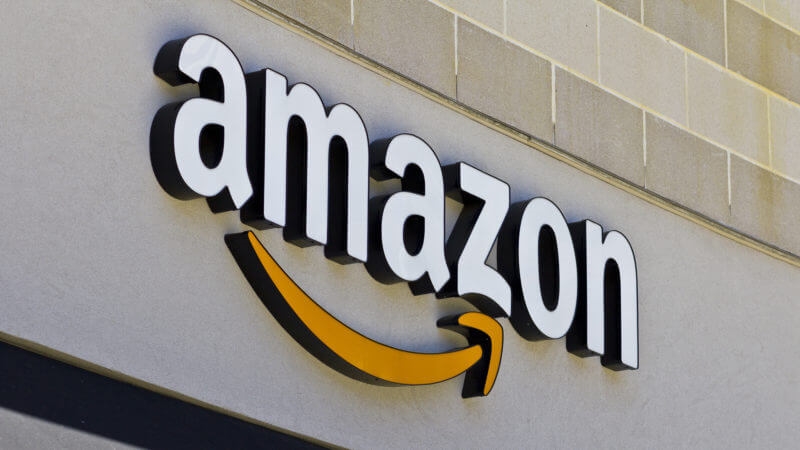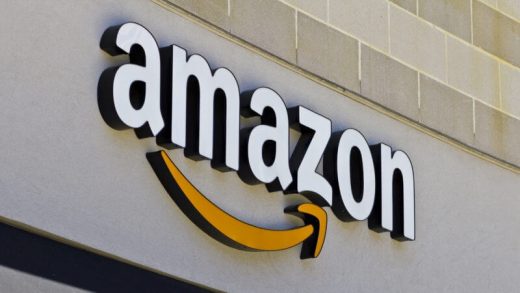Amazon orders with 3rd-party sellers will soon be authorized for automatic returns
Per the new policy, customers will no longer have to contact the Amazon seller to request to return an item.

Amazon has announced a new automatic return policy rolling out October 2 that makes it mandatory for third-party sellers to accept returns for all in-policy orders.
Under the current policy, buyers must first contact sellers to get a return approved so that the seller can review the return request and approve on a case-by-case basis. According to an email sent by Amazon to sellers last month, the new policy mandates that orders fulfilled by third-party sellers will be automatically authorized, and buyers will be able to print prepaid return labels via the Online Return Center.
You can see an image of the Amazon email to sellers in this post on Amazon’s Sellers Forum: Thread: New Amazon Return System.
As part of the new policy, Amazon is also introducing a “returnless refunds” option where sellers can choose to issue the refund without requiring buyers to ship back the item they want to return.
“Sellers have requested this because, in many cases, it allows you to save on both return shipping and processing costs,” writes Amazon in its letter to sellers.
The announcement drew much criticism on Amazon’s Sellers Forum when the seller who shared the email commented, “So, I just received this little gem from Amazon. My favorite section is the one regarding ‘returnless refunds.’ In other words, customers get things from us for free! Is this a joke?”
But Amazon says the new return policy aims to limit the amount of time and money sellers spend on returns.
“Small businesses and entrepreneurs selling on the Marketplace are incredibly important to customers and account for more than half of Amazon’s unit sales,” says an Amazon spokesperson in an email to Marketing Land, “These new features allow sellers to reduce time and cost associated with returns while providing customers with an easy and efficient return experience.”
The Amazon rep pointed out that automated returns are applicable to in-policy returns only, and that sellers can get exemptions on automatic returns for specific items. Also, the “returnless refund” option is an opt-in feature that sellers can choose to use if they want.
“The ability to have refunds without a product return is a highly requested opt-in feature that can be cost-effective for many sellers,” says the Amazon spokesperson. “Sellers can choose to participate if it makes sense for their business.”
The Amazon spokesperson also noted that customers do not know which sellers have opted in on the “returneless refunds” policy, so they won’t necessarily know if they can get an authorized return without having to return the item ordered. In other words, if a customer is unaware that a seller has opted in, they will be less likely to abuse the policy.
“When a customer knows that a return will be easy, they are more likely to purchase a product from a seller,” says the Amazon spokesperson.
According to Amazon, the new return policy was piloted last year with thousands of sellers. After receiving a positive response from customers and the participating sellers, Amazon decided to expand it to more sellers.
In June, Amazon announced Prime Wardrobe, a program that will give buyers seven days to return clothing, shoes or accessory orders without being charged for the full order. Still in beta, Amazon billed the option as “… a new service that brings the fitting room to you.”
Each of these initiatives is driven by Amazon’s goal to design a more seamless purchasing experience. And while such efforts may result in pushback from Amazon’s sellers, owning a 40.9 percent share of online sales dollars means Amazon has the leverage — and can create whatever policies it believes will result in more sales.
Marketing Land – Internet Marketing News, Strategies & Tips
(64)














